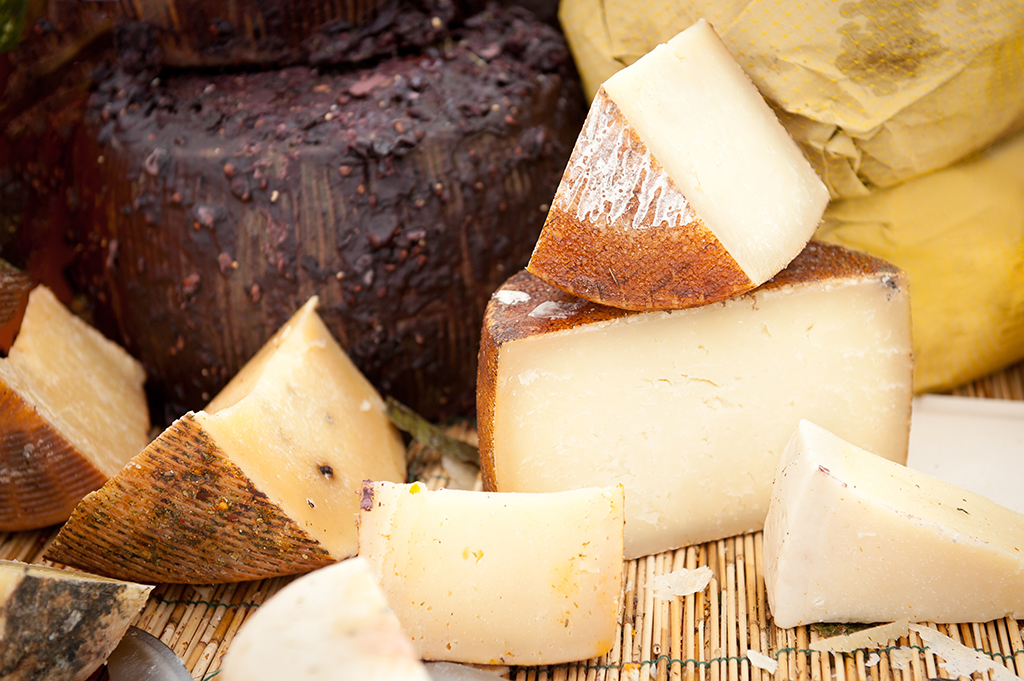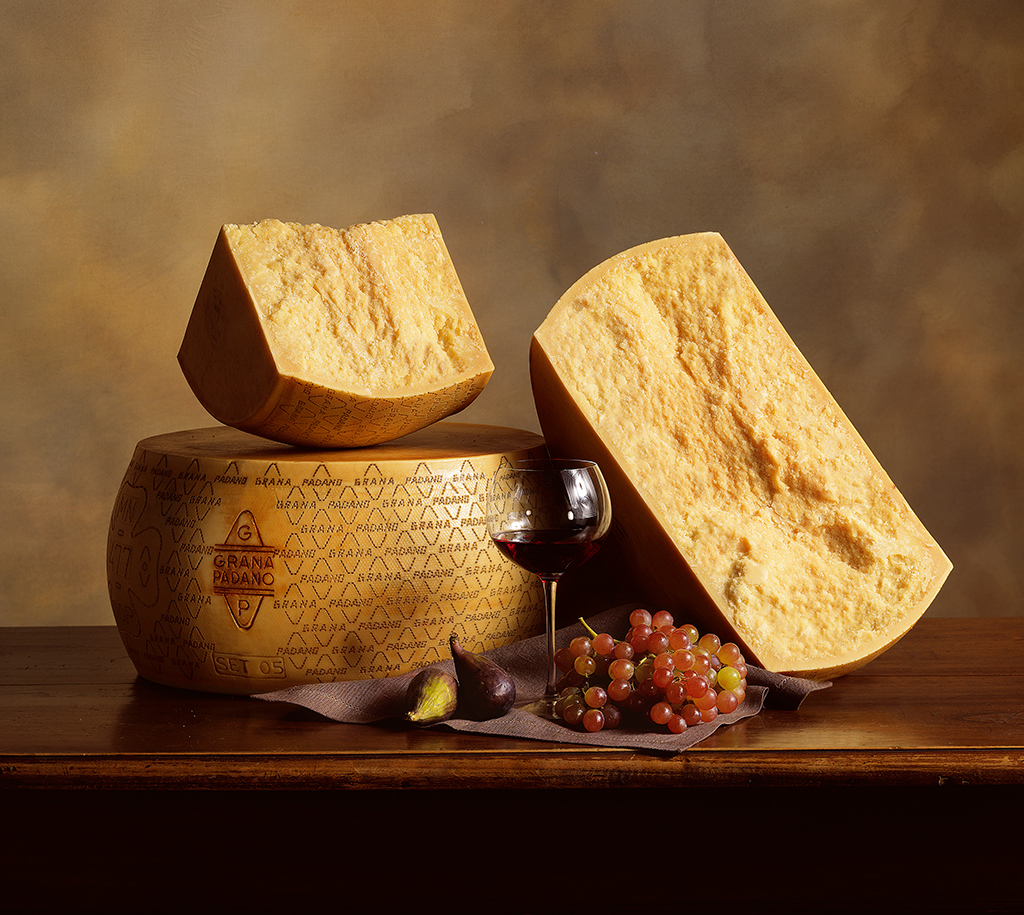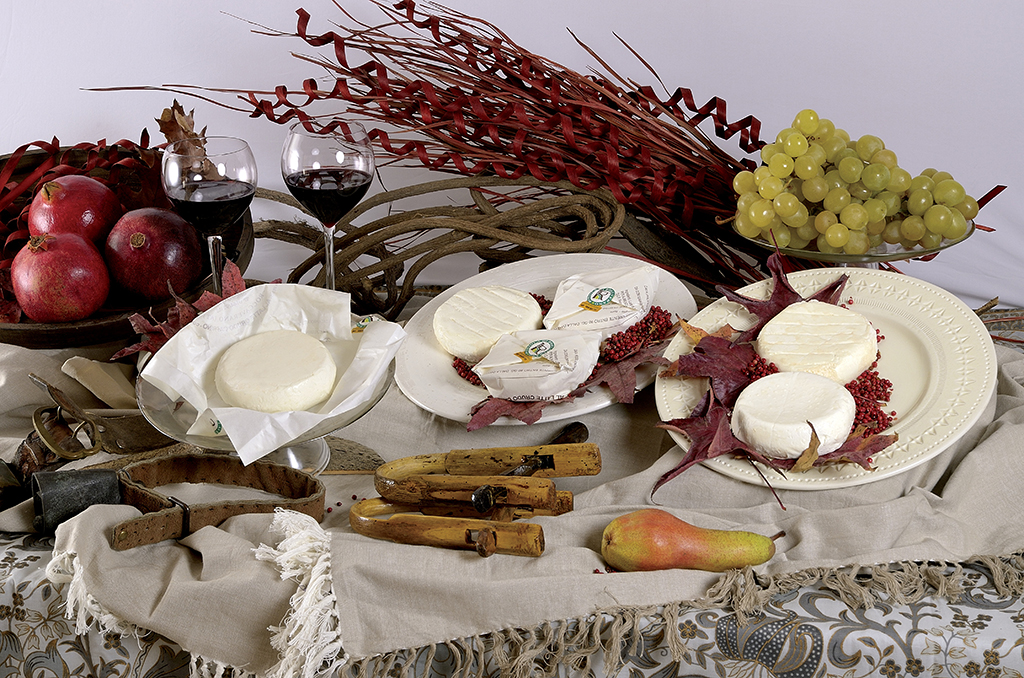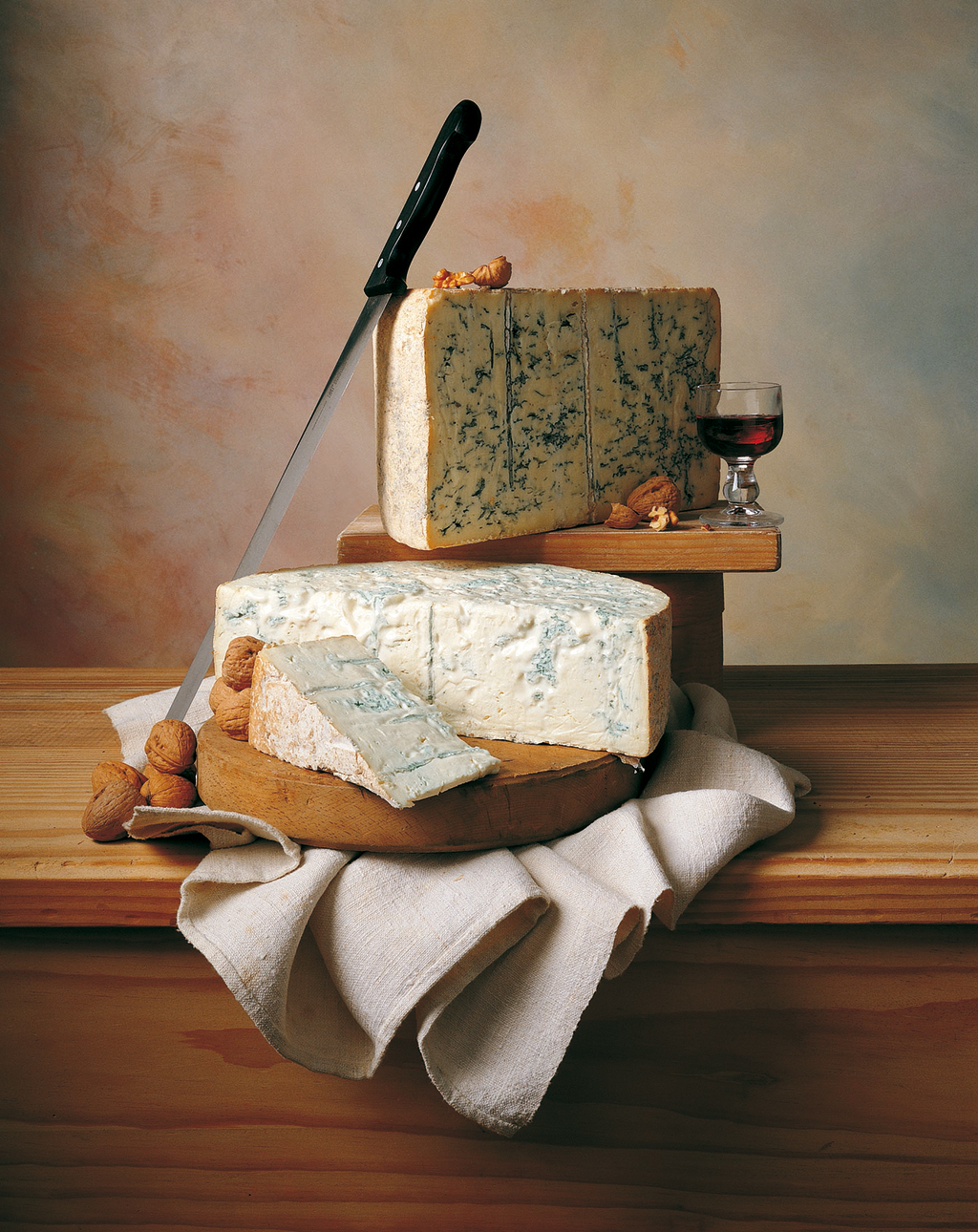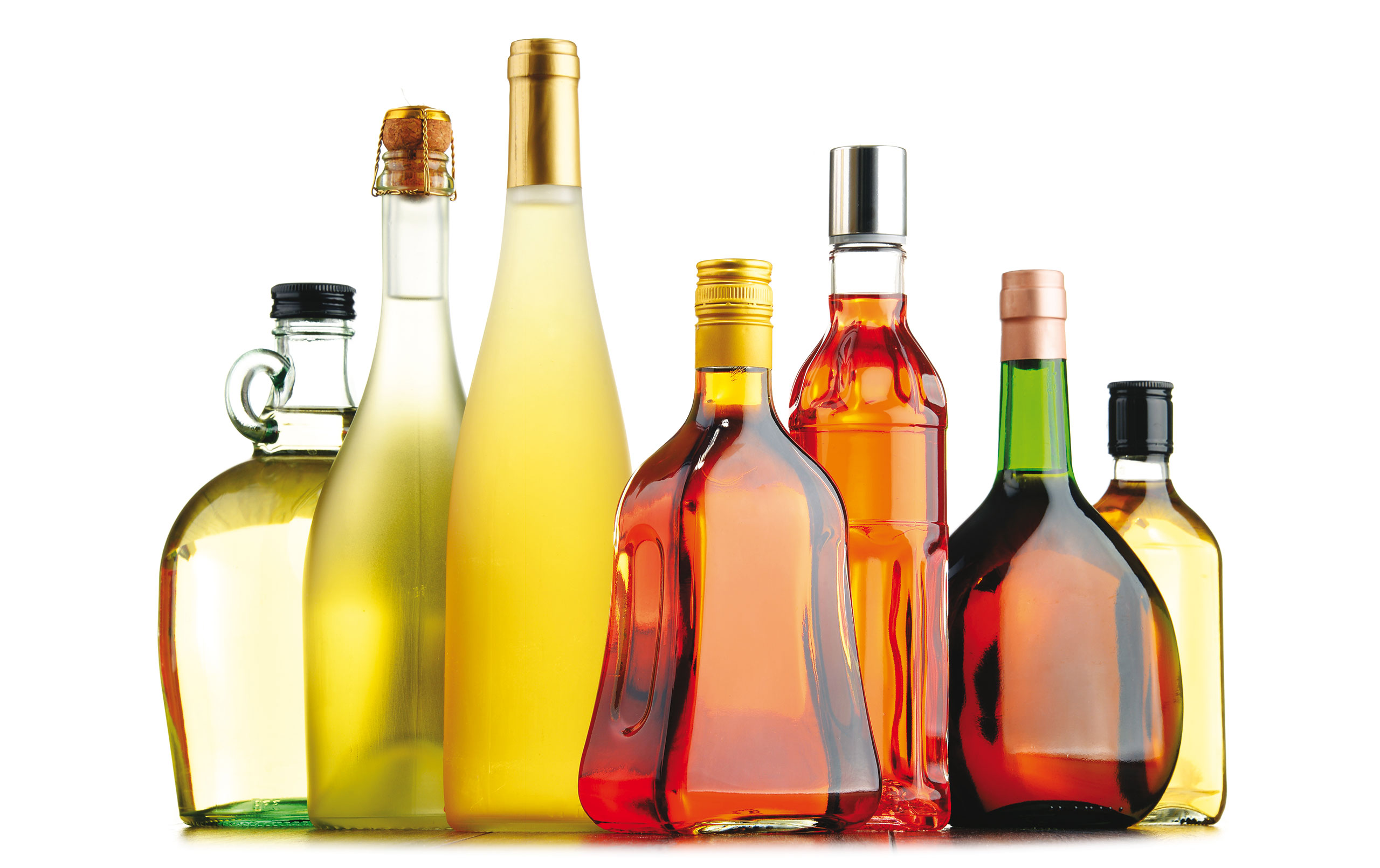
Letter from the editors
December 10, 2013
Around The World in 120 Days
December 10, 2013Celebrity chef Marco Pernini says there’s more to cheese than just being a sandwich filling. He’s on a mission to show that Italian cheeses with their distinctive, tasty favour are the perfect starter for the grandest meal of the year.
In case you hadn’t noticed Christmas is just around the corner and for many, planning the perfect menu for a festive get together is both a headache and a priority. Rather than write about a good old fashioned turkey dinner with the usual trimmings, I’ve decided instead to think outside the box and focus on a traditional Italian appetiser. Cheese!
The jury’s divided on whether cheese making started in Europe, Central Asia or the Middle East, but according to Pliny the Elder, (my favourite author), it was a fairly sophisticated industry by the time the Roman Empire came into existence. Many centuries later the basics are still more or less the same.
Cheese is made from cow, buffalo, goat or sheep milk and is formed by coagulating the milk protein casein. Another one of the great virtues of this excellent foodstuff is that it contains vitamins A, B6 – 12, C & D, as well as natural elements like Calcium and Magnesium. The fat content varies although that largely depends on the cheese and how it’s produced. During the manufacturing process the milk is usually acidified while the enzyme rennet is used for coagulation. The resulting solids are then separated before being pressed into a final form. Some cheeses have mould in their rind or running through their body, and that’s especially true of Gorgonzola, a soft creamy cheese often used in simple pasta dishes.
Hundreds of different cheeses are produced around the world every year, but when you buy one that’s been made in Italy you get both quality and a range of extraordinary flavours. Almost every Italian village produces cheeses exclusive to their region, reflecting ancient rivalries stemming from a time when Italy was a collection of states that were aggressively trying to outdo each other. This competitiveness went beyond art, it spilled over into architecture, wine making and cooking, spawning a variety of culinary traditions. I’m not trying to bore you with a potted history of my country, (honest), but I believe that a little bit of knowledge goes a long way when it comes to choosing the right kind of cheese to accompany a meal. Avoid cheap imitations which use fancy names and colourful logos to pass themselves off as authentic. Over 450 cheeses are certified by Italy’s regions while 40 have been granted the European Union’s PDO (Protected Designation of Origin) certification.
Italy is also one of the world’s biggest cheese exporters and last year alone sold a staggering 310,500 tonnes.
With this in mind you’ll understand why putting a cheese platter together is hardly easy. You could cheat and buy one that’s already been made up in the shops, but then you risk missing out on the different flavours and amazing textures. Given that the choice is virtually limitless it’s hard to know where to start, but I’ve whittled it down to a selection from five different regions.
Grana
Grana Padano and Parmigiano Reggiano share a thousand years of history and are generically referred to as Parmesan. However under EU rules the Parmesan name can only be used by Parmigiano Reggiano, while Grana is strictly linked to Padano.
Grano Padano is produced in an area that includes 33 of the Po Valley provinces, spanning 5 regions of northern Italy. The cheese is aged from 9 to over 24 months, and is highly versatile. It is rich in calcium, delicious in risottos, and great on a cheeseboard served with fruits, nuts and onion chutney.
Robiola di Roccaverano
This fresh cheese from Piedmont is the only Italian DOP that can be made with goat, sheep or cow’s milk. As long as 50% of the principal ingredient comes from a goat, then it satisfies official regulations. Taste wise it reminds me of fresh yoghurt and wild field herbs, combined with a nutty flavour. Absolutely delicious!
Toma e Sora della Brigasca
Produced in Liguria, these cheeses are made from the milk of the Brigasca, the only sheep that’s adapted to the region’s high mountain altitude. What sets them apart is that Sora is only made with sheep milk while goat milk is added to Toma, hence its shorter maturity period.
Cacifiore, della campagna romana
Produced in Rome’s Lake Bracciano area, this exceptional cheese is made with fresh milk and uses vegetable rennet as a clotting agent. The rennet is obtained from dried artichoke flowers and wild thistles, harvested over summer. Maturation is between 30 – 80 days, while the creamy texture has an aroma of artichoke and wild flowers and an after taste that is slightly bitter.
Casizolu
This prestigious cheese hails from Sardinia’s Montiferru region in the west of the island, an area noted for its pecorino cheeses. What makes Casizolu so special is that it’s produced from the milk of cows that pasture all year round, hence the aromas of wild herbs and wood leaf and its slightly almond taste.
Don’t forget that a second rate wine can let down an excellent meal so it’s definitely worth investing in a good bottle of vino, ideally from the same region as the cheese platter. And finally before I head back to the kitchen, here’s one of my all-time favourite cheese recipes. Enjoy! Buone Feste.
FRIED BUFFALO MOZZARELLA
INGREDIENTS:
- 1 or 2 large buffalo Mozzarella, sliced and drained of all milk.
- 1 bunch of vine cherry tomatoes
- A handful of wild rocket/arugula
- ½ cup of plain wheat flour seasoned with a pinch of salt
- 1 or 2 whisked whole eggs and a pinch of salt
- 1 cup of fresh breadcrumbs
- 1 whole twig of fresh rosemary
- Salt and pepper
- 1 clove of garlic
- Glazed balsamic vinegar
- Vegetable oil for frying
- Preheat the oven to 170 C
METHOD:
Cut the Mozzarella into thick slices and place in a sieve/colander for a good half hour before cooking to drain all excess milk. This is to stop the oil from splashing when frying.
Keep the cherry tomatoes on their vine and place them in a baking dish. Season with salt, pepper, the garlic clove and some extra virgin olive oil.
Bake in the oven for at least ten minutes. Make sure they’re not overcooked.
Meanwhile coat the mozzarella slices with the flour, then dip them into the eggs and finally the breadcrumbs.
Shallow fry in the hot vegetable oil, then place them on a plate next to the baked vine tomatoes and the arugula. Sprinkle with glazed balsamic vinegar and then serve.



